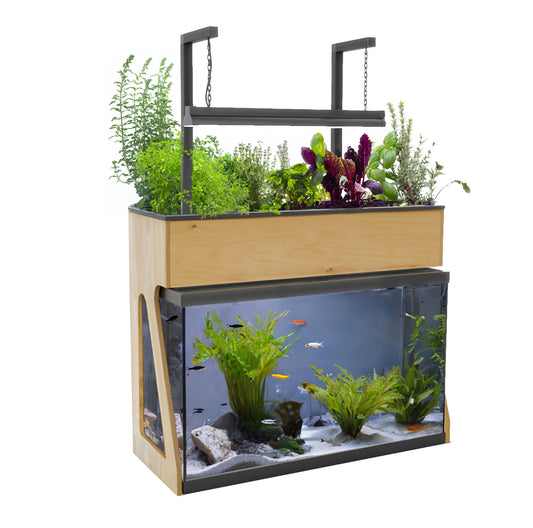Urban farming: technology and tradition

As we enter a new decade, the human race finds itself faced with worldwide political turmoil, economic injustice, dizzying technological achievements, and an existential threat in the form of a spiralling climate crisis. In order to rise to and overcome these challenges, humanity is going to need to drastically reevaluate the way it caters to some of its basic needs.
The global urban population has grown rapidly, from 751mn people in 1950 to 4.2bn today. Almost 70% of the world’s population is predicted to live in urban areas by 2050, according to a report by the United Nations (UN) released last year. At the start of the 1800s, more than 90% of the population (in the US) lived on farms and, on average, a farmer grew enough each year to feed between three and five people. Throughout the subsequent centuries, advances in agricultural technology and technique meant that farms produced more food using less labour. In 1900, an acre of land used to grow corn only produced 18% of the yield achieved on the same piece of land in 2014. Today, farmers represent a mere 1.4% of the US population, and the average size of farms has grown dramatically. The ratio of people in cities to the farmers that feed them is already at a huge disparity and, as that relationship becomes more and more imbalanced, the strain put upon the agricultural industry has the potential to spell disaster for a global food supply - to say nothing of biodiversity, quality of diet and cultural connections to cuisine itself...










